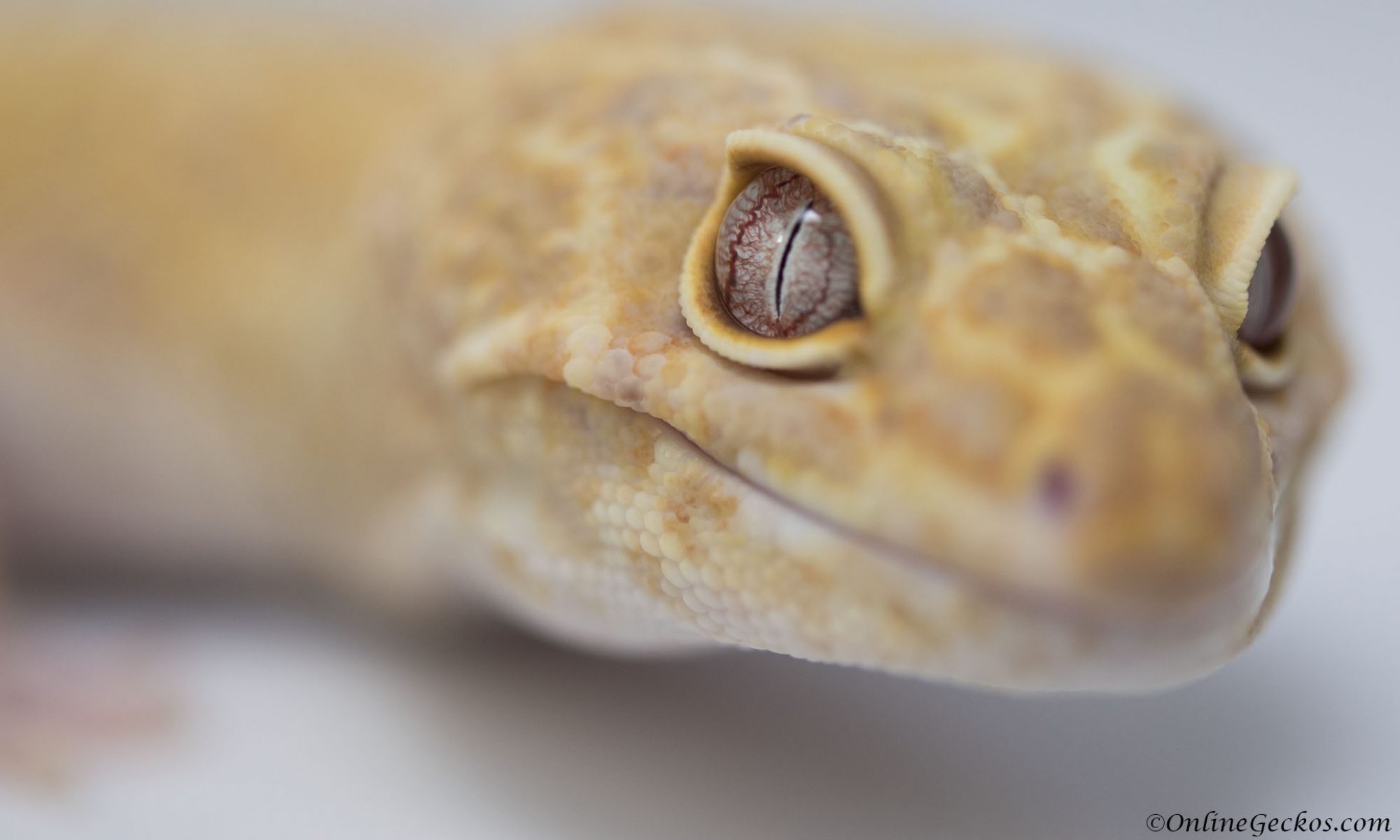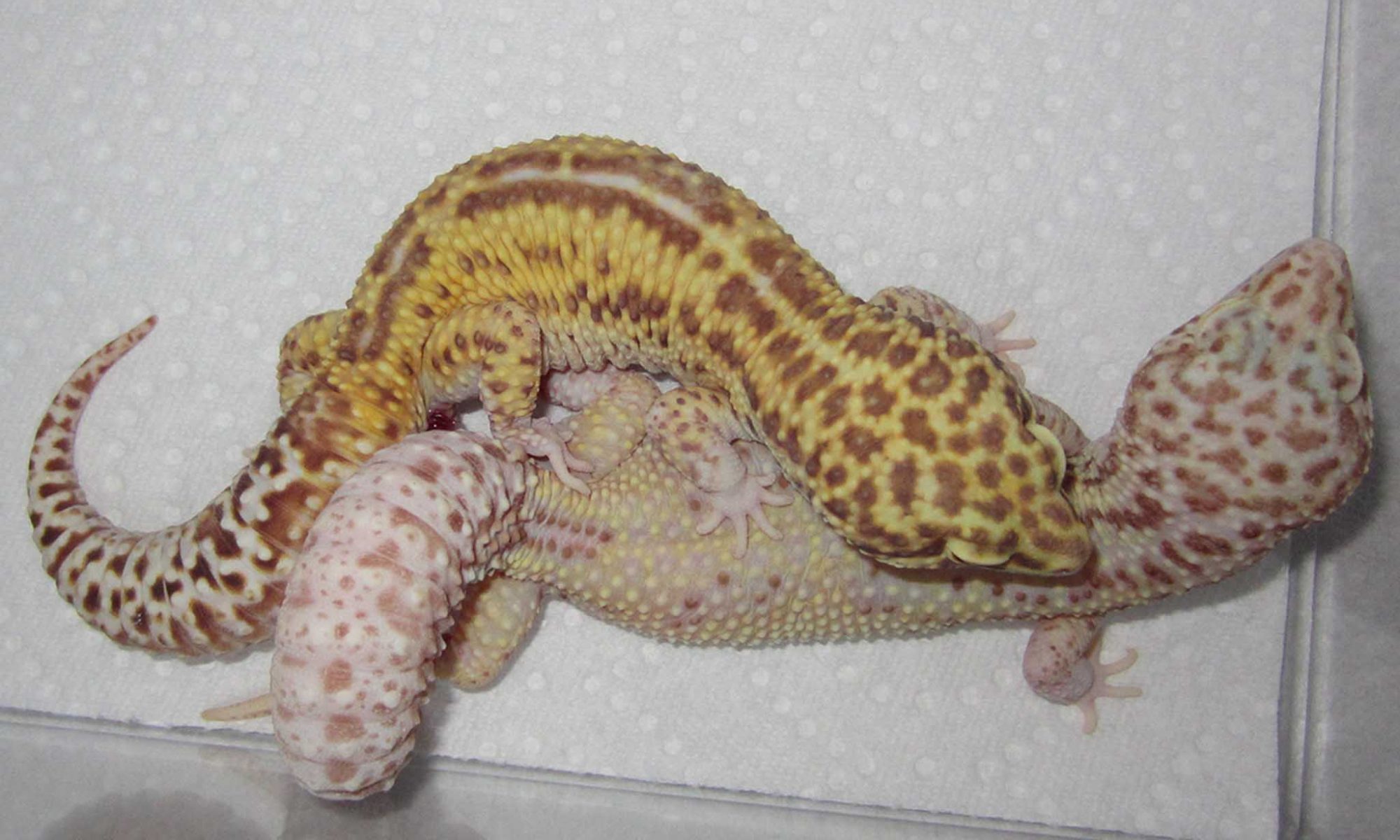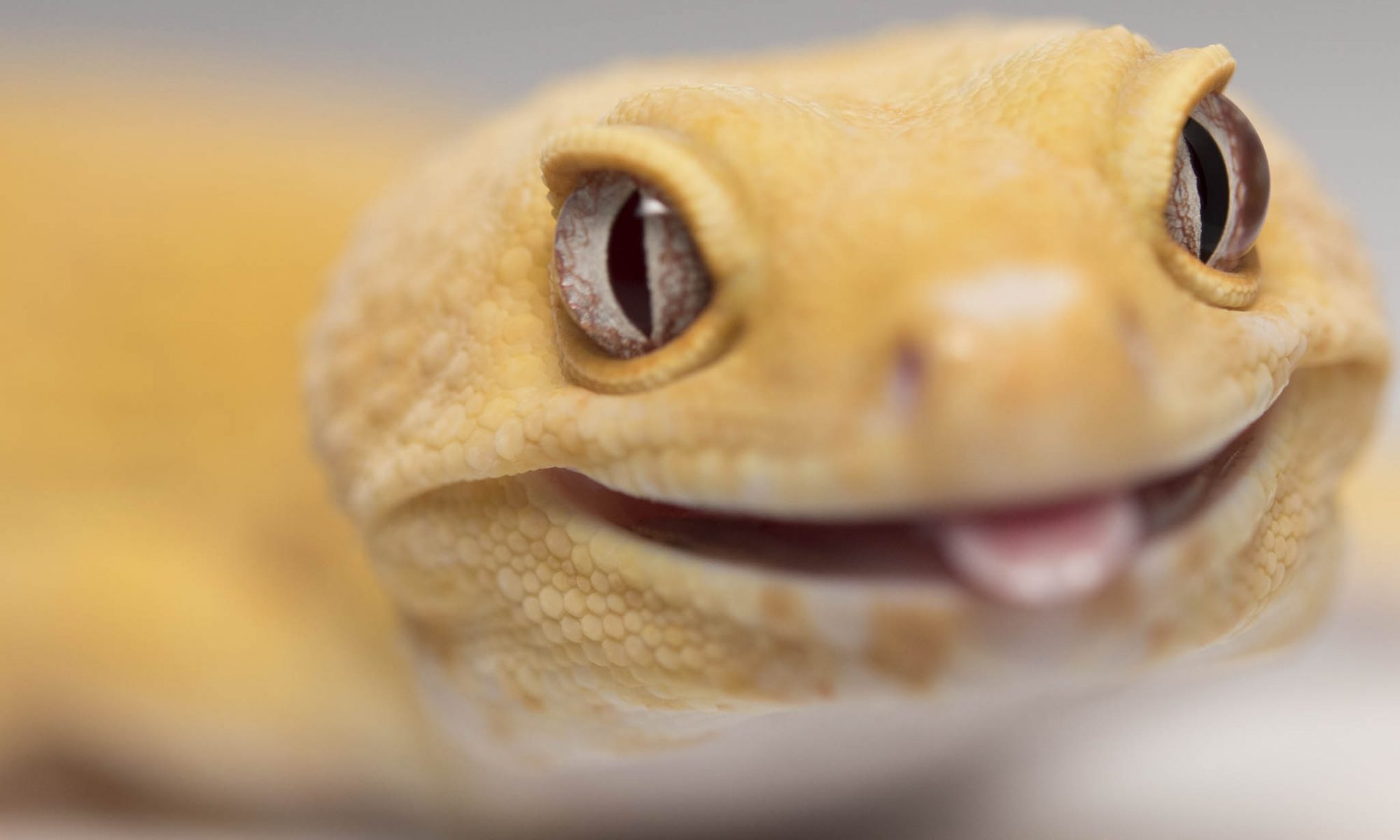The topic of my leopard gecko won’t breed comes up quite often with new gecko breeders. You’ve just purchased a pair of leopard geckos, and no matter how many times you have tried, they just won’t breed. It can be very disheartening to see a couple of healthy leopard geckos not able to mate successfully. In this article, we will discuss various breeding challenges. Our goal is to offer you tips and help you figure out why your leopard gecko won’t breed.
Leopard Gecko Won’t Breed – Ovulation cycles
Often times there are reasons why your leopard gecko won’t breed. One common cause is your female isn’t ovulating. It is very important for new breeders to understand that a female is not going to be receptive unless she is ovulating. No matter how often you attempt to mate, or how often successful copulation occurs. If the female leopard gecko isn’t ovulating, she won’t become gravid, nor will she produce eggs. Continue reading “Leopard Gecko Won’t Breed”



